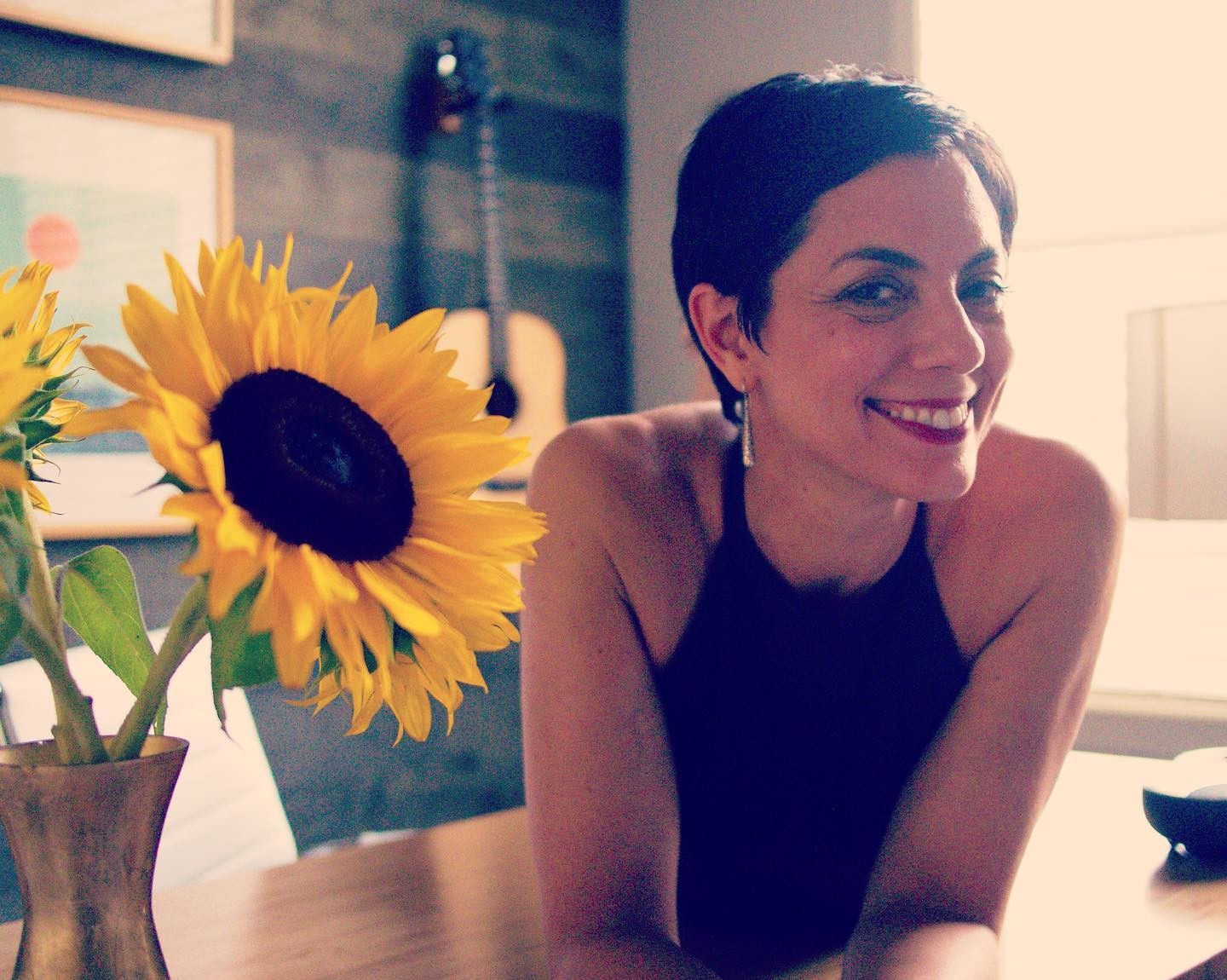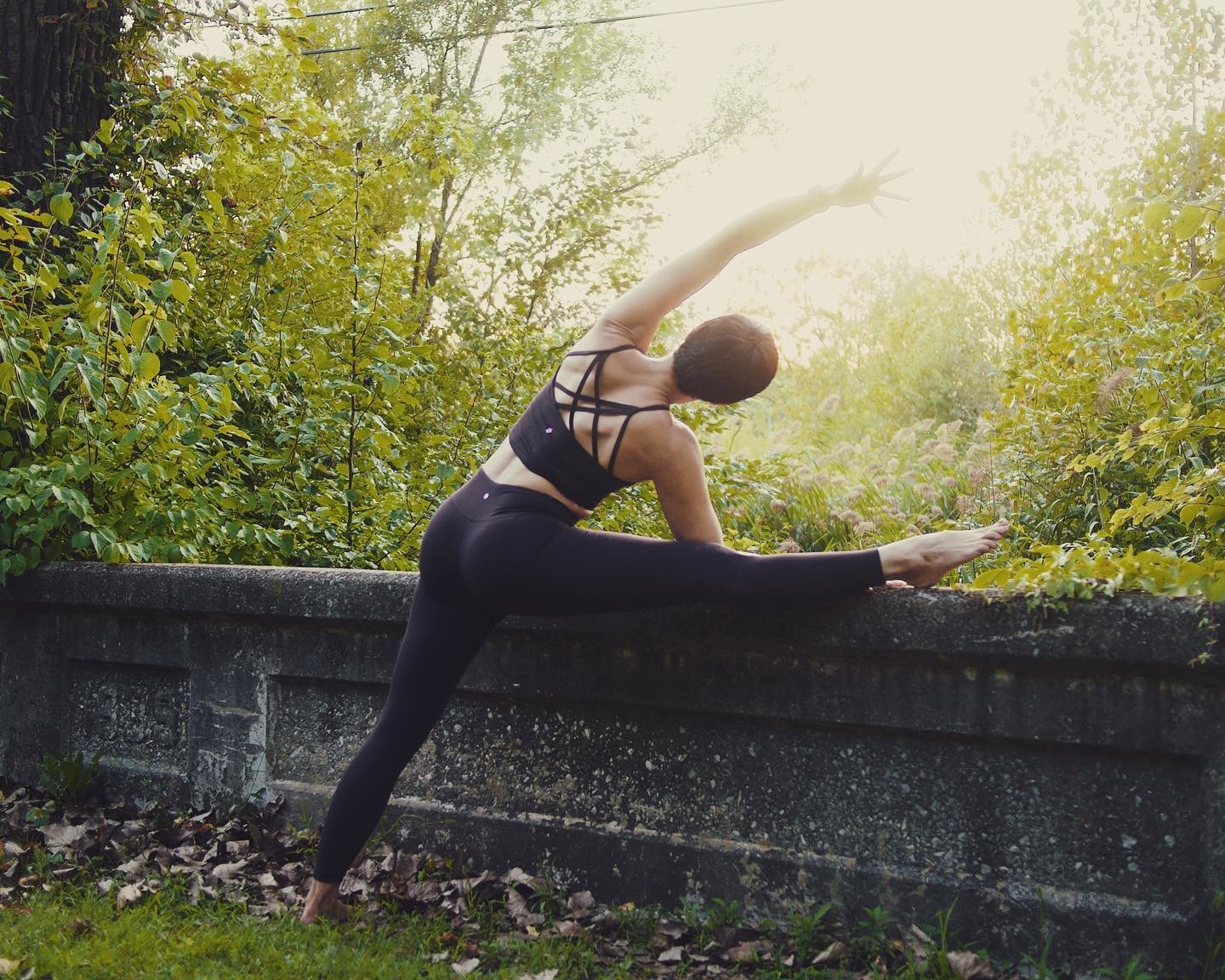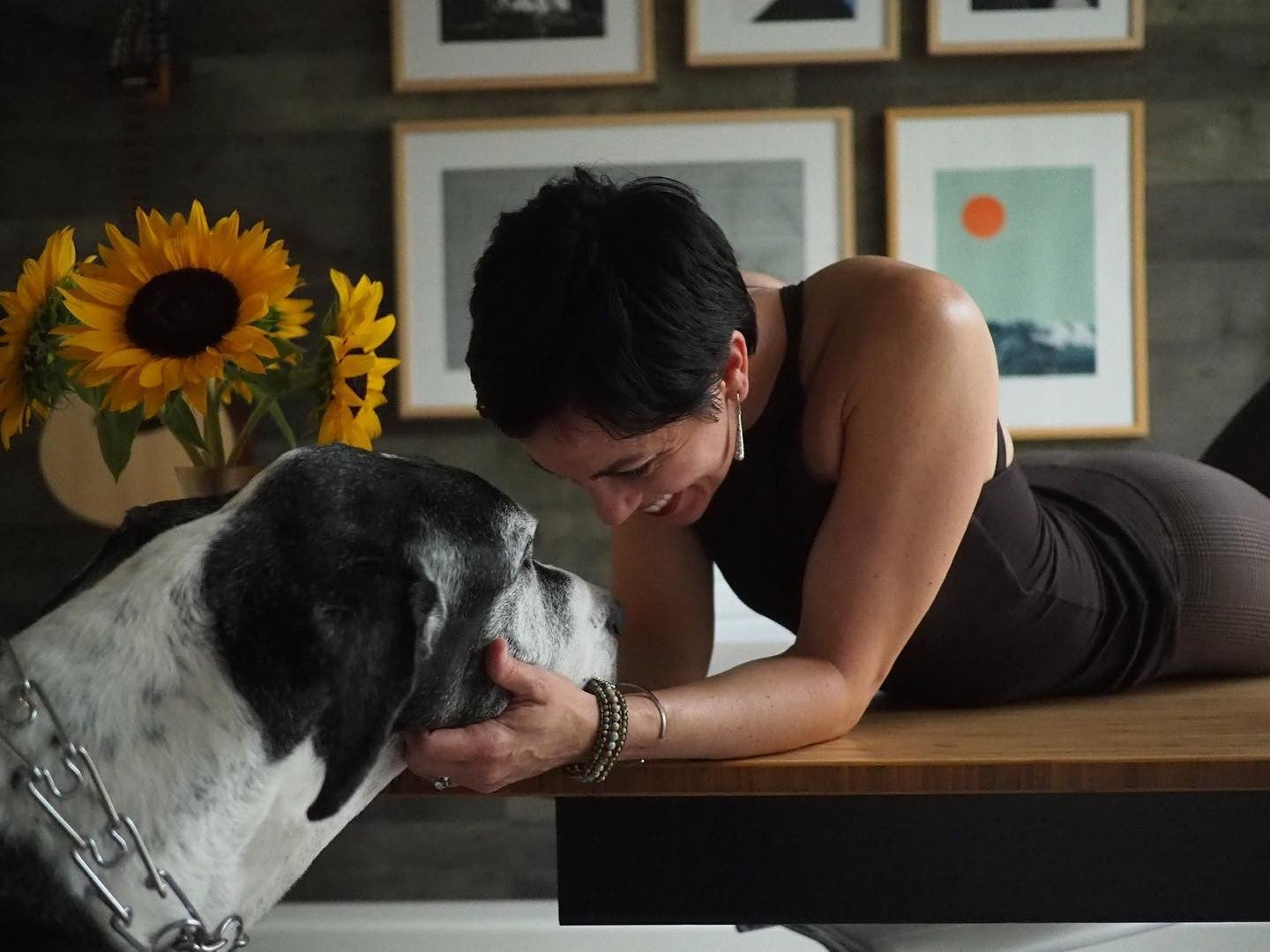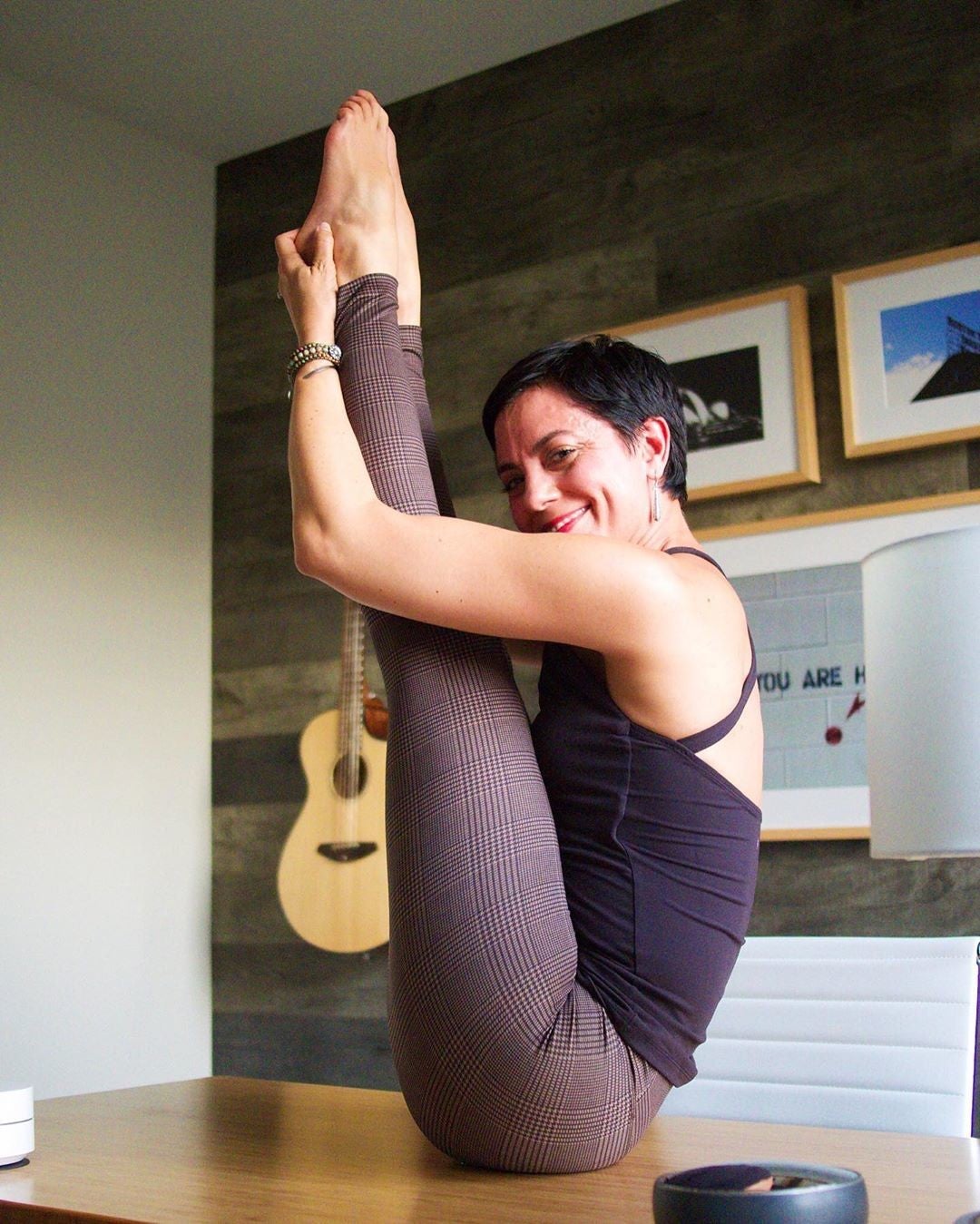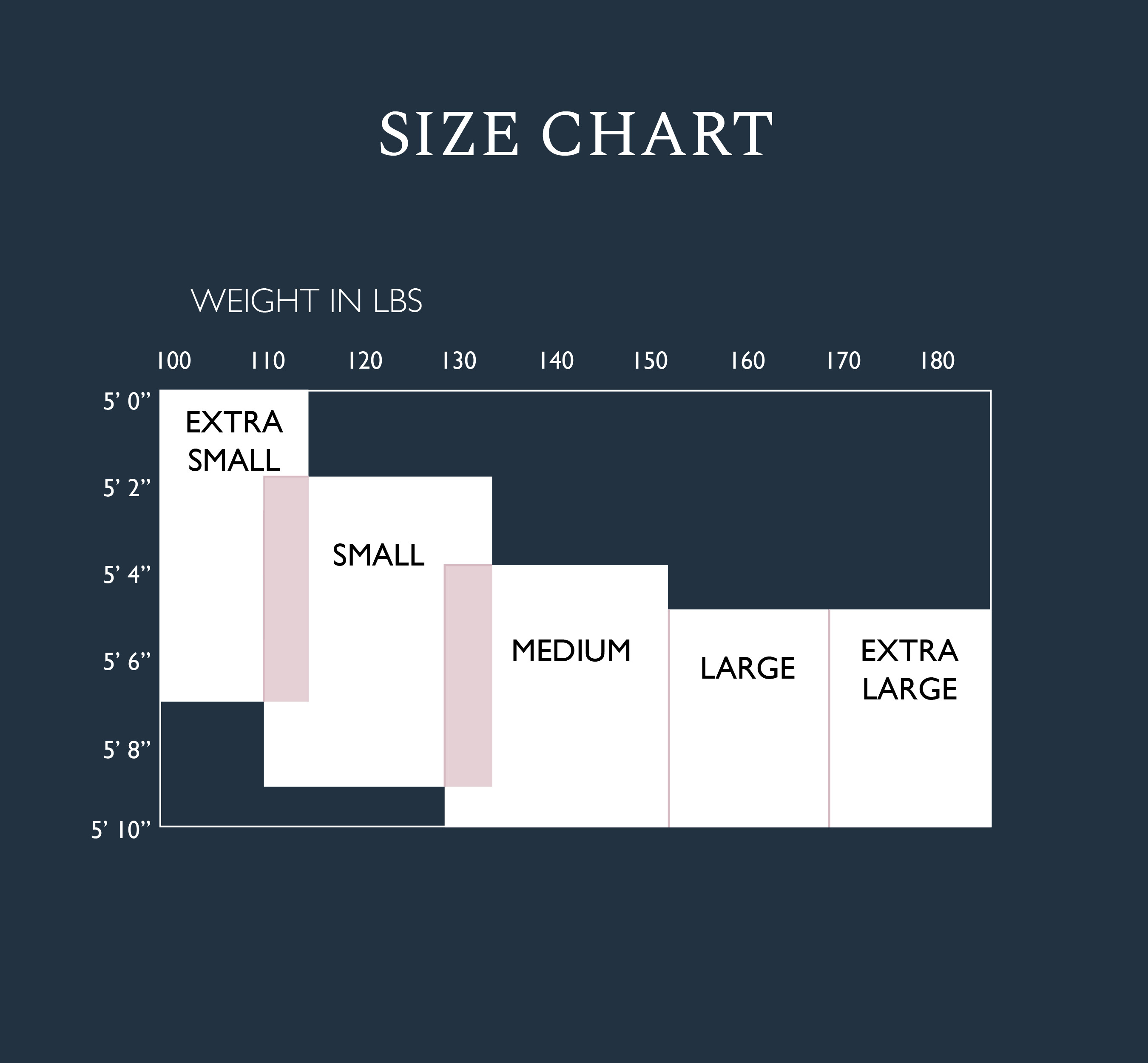
Meditation and Mindfulness: Coming Back to Your Breath
The word “Yoga” is defined in different ways. Most often, it is defined as a union, a form of connection. From a philosophical standpoint, this connection is between our limited ego-driven self and the unlimited, eternal Higher Self. Patanjali stated that yoga is the silencing of the modifications of the mind so that the individual can find his/her Higher Self.
From a Hatha yoga perspective, yoga is the union of physical postures (asana), breath work (pranayama), and movement of energy (via bandhas and mudras) to master our life force (or prana) so that we can access our purpose and source of being. Yet, in our Western culture, we focus more on the physical shapes we make, the asanas, than the breath or meditative aspects of yoga. We are visually seduced by fancy poses and more ‘advanced’ looking postures.
Bigger is better, as they say, and thus, certain poses or families of poses (e.g, inversions, arm balances, big backbends) have become the center of attention, pushing the foundations of the practice….the breath and becoming an observer to the ‘monkey mind’ or the ‘modifications of the mind’…..to the sidelines.
Why is it that the breath takes a backseat? Is it because it isn’t ‘sexy’ enough? Is it because it doesn’t garner enough ‘likes’ on social media? When is the last time you paused incredulous at an image of someone breathing? Or meditating? Or in a seated, simple pose? I’m guilty of it too! We are socialized that ‘bigger is better’ and with that, we are performing a disservice to ourselves and, if you are a yoga teacher, our students.
At a recent 200hr teacher training, I taught a breath-centered class and one student came up to me afterward to say that she realized in those 90 minutes of class that she has essentially held her breath for her entire life. It was a breakthrough moment for her…as it tends to be for most students. Why? Because we simply don’t practice that way. We focus far more on the asana and the range of motion, than we do on being mindful and making the breath the ‘peak pose’.
As you consider this perspective shift, here are five things I’ve learned from trying to focus on the basics in my own practice and with my students. These five tips were also recently published online in a piece that I wrote for Yoga Digest:
1. It’s hard. Even the basic poses can be challenging, particularly if the intention is to sit in the pose for several breaths and become the internal observer. The mind wanders. A lot. And, to sit with ourselves? Well, I’d be lying if I said it wasn’t hard. The mind is a muscle and we need to exercise it and teach it to be present.
2. Paying attention to the breath can be exhilarating and expansive at times and downright aggravating at others. I’ve left my breath-centered practices feeling cracked wide open and breathing more fully than ever and I’ve also left them feeling agitated that I couldn’t find ‘the groove’ that day. Stick with it….this is teaching the practice of patience and allows us to check in with why we react the way we do when things don’t go our way.
3. Leave the ego at the door. Going back to the basics can be a humbling experience. But…to be able to find contentment with the sensations you feel while pausing in, for example, Warrior 2? That is tapping into one of the main intentions of yoga. Be willing to stay. To steep. To linger. To explore. Some of the best lessons come at the moments when we want to bail. Staying is often harder work.
4. Focusing on the foundations has decreased my brain’s relentless quest for ‘bigger is better’ and replaced it (most practices) with ‘subtlety/nuance is better.’ For example, instead of focusing on how deep I can go in Trikonasa (i.e., how flat can I get my bottom hand on the floor), I stay up very high in this pose, focusing on creating equal length on both sides of my waist by lengthening my spine. I focus on keeping my mind present by trying to find the subtle firing of my Quadratus Lumborum muscle. The possibilities for focal points in simple postures are quite literally, endless. We are only limited by our imagination.
5. Teaching these concepts to students is more challenging than teaching a vanilla yoga class. Some of your students will buckle in, stay the course, rave about it, and want more, more, more. Some won’t. If you’re teaching from a place of authenticity (no matter what approach you take to teaching) you’ll ignite a fire and change the lives of those that stick it out.
If you liked this blog, check out our other blogs like: "Sitting too Much? 5 Ways to Get Moving," "8 Different Types of Yoga: Explained to Help you Choose", "8 Ways to Show Yourself Some Kindness", and "The Secret of Self-Care: Approach over Action"
